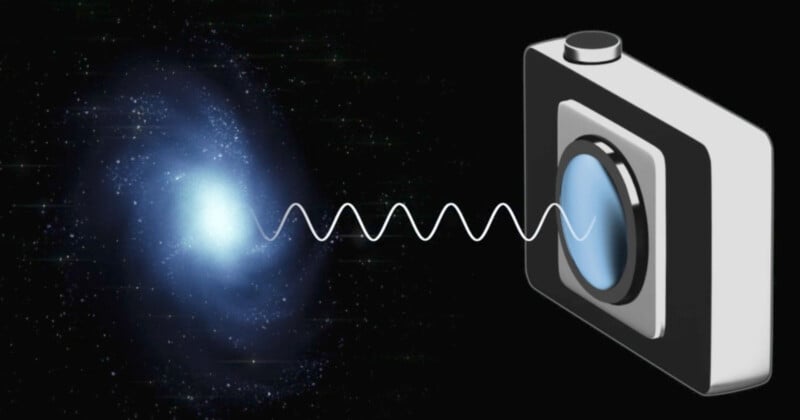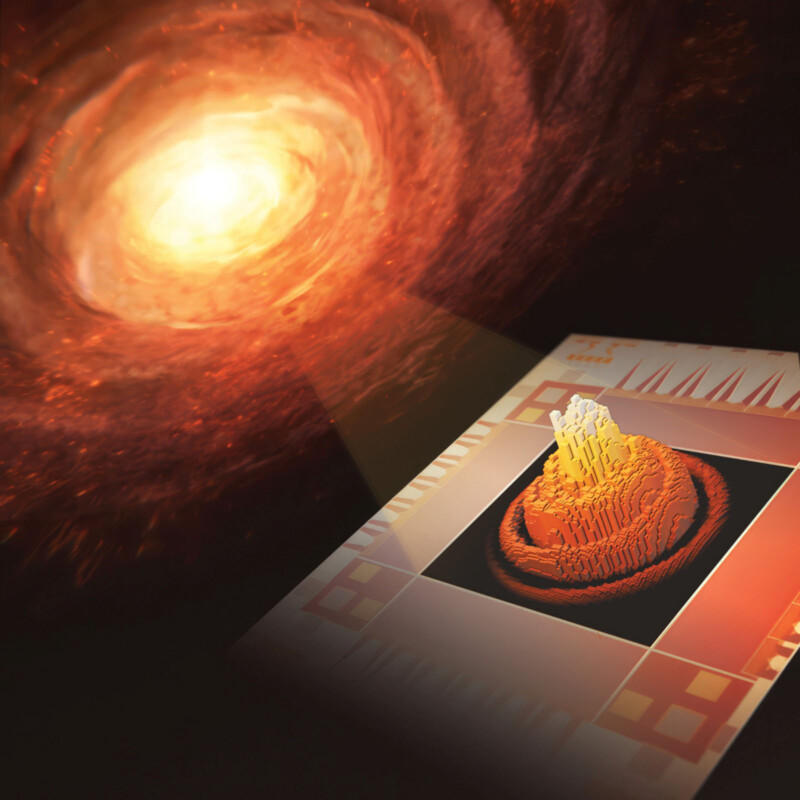Scientists Create Highest-Res Single-Photon Camera With 400,000 Pixels

New details have emerged about the world’s highest-resolution single-photon super conducting camera. The camera has been developed by research team at the United States Department of Commerce’s National Institute of Standards and Technology (NIST).
In a news release, NIST explains that a high-resolution superconducting camera could have significant benefits for a wide range of imaging applications, ranging from biomedical imaging to astronomical observations. Superconducting cameras enable scientists to capture “very weak light signals, whether from distant objects in space or parts of the human brain,” NIST explains.
The superconducting camera is not merely the highest resolution of its kind. It has 400,000 pixels, a 400 times increase compared to similar cameras. The NIST camera is comprised of grids of extremely thin electrical wires, which are cooled to near absolute zero. Current moves through the wires without resistance until a photon strikes the superconductive wire.
In a 2019 news release about one of NIST’s prior groundbreaking superconducting camera projects, the team explains that cameras of this type are “among the best photon counters in terms of speed, efficiency, and range of color sensitivity.”
At that time, one of the significant challenges the team was actively working to overcome was making a superconducting camera that is efficient and high-resolution enough for practical applications. The team’s new high-resolution single-photon superconducting camera makes significant strides toward these goals.
“The first superconducting cameras capable of detecting single photons were developed more than 20 years ago. Since then, the devices have contained no more than a few thousand pixels — too limited for most applications,” writes NIST.

“Creating a superconducting camera with a much greater number of pixels has posed a serious challenge because it would become all but impossible to connect every single chilled pixel among many thousands to its own readout wire. The challenge stems from the fact that each of the camera’s superconducting components must be cooled to ultralow temperatures to function properly, and individually connecting every pixel among hundreds of thousands to the cooling system would be virtually impossible,” NIST explains.
To deal with this, NIST researchers Adam McCaughan and Bakhrom Oripov, alongside collaborators at NASA’s Jet Propulsion Laboratory in Pasadena, California, and the University of Colorado Boulder, devised a way to combine signals from many pixels onto “just a few room-temperature readout wires.”
NIST’s new camera design is remarkable. There are two overlapping grids of electrical wires above a sensor readout layer. One grid is horizontal, while the other is vertical, and every location where the two wire grids overlap is a “pixel.”
When a photon strikes and warms a wire, it disrupts a biased current in the wire, creating a resistive hotspot that diverts current and delivers a voltage to the camera’s detector in two directions. By measuring the time it takes for the electricity to reach each detector, it is possible to determine the row and column where the photon struck. In the case of the new NIST camera, there are 400,000 possible overlapping areas.

The detectors can discern arrival time differences as short as 50 trillionths of a second and can count up to 100,000 photons per second striking the grid of wires.
The novel readout structure is also very scalable, meaning that NIST could develop even larger cameras with higher resolution. A superconducting single-photon camera with tens or even hundreds of millions of pixels is not only possible, but it may be just over the horizon.
“Over the next year, the team plans to improve the sensitivity of the prototype camera so that it can capture virtually every incoming photon. That will enable the camera to tackle such low-light endeavors as imaging faint galaxies or planets that lie beyond the solar system, measuring light in photon-based quantum computers, and contributing to biomedical studies that use near-infrared light to peer into human tissue,” NIST explains.
The researchers have reported their work in the October 26 edition of Nature.
Video credit: S. Kelley/NIST